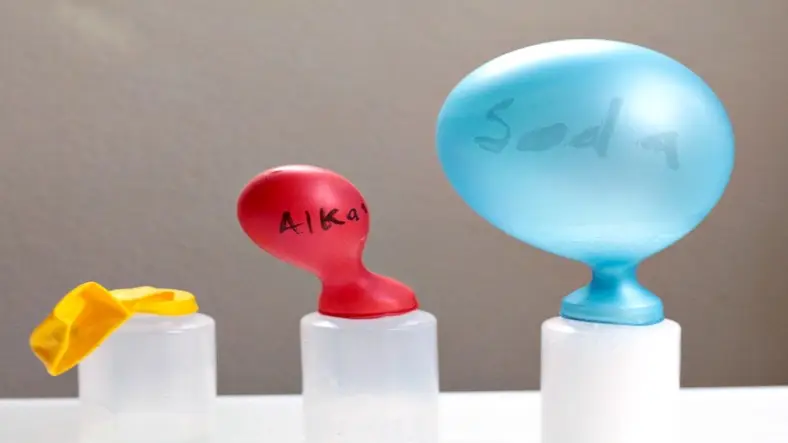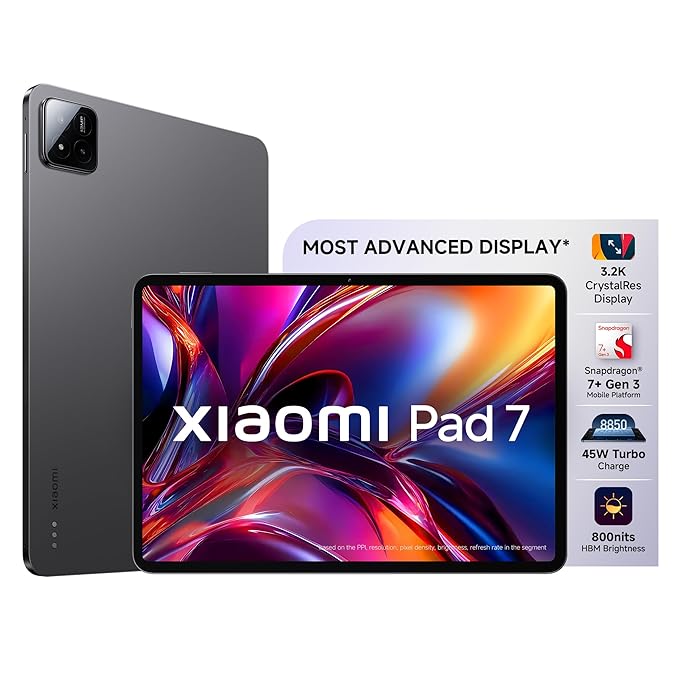Title: Self-Inflating Balloon - Investigating Gas Generation Experiment
Objective: To create a self-inflating balloon using a simple chemical reaction and explore the concept of gas generation.
Materials:
- Small empty plastic water or soda bottle
- Balloon
- Baking soda (sodium bicarbonate)
- Vinegar
- Funnel
- Optional: Safety goggles (recommended during the experiment)
Procedure:
- Begin by discussing the concept of gas generation with the children. Explain that certain chemical reactions can produce gases, which can be used to inflate objects like balloons.
- Gather the materials required for the self-inflating balloon experiment.
- Put on safety goggles if desired, to protect your eyes during the experiment.
- Stretch the opening of the balloon to make it easier to inflate.
- Attach the balloon to the mouth of the plastic bottle, ensuring it forms a tight seal.
- Using a funnel, carefully add about 2 tablespoons of baking soda into the balloon through its opening.
- Fill the plastic bottle about one-third full with vinegar using the funnel. Be careful not to spill any vinegar into the balloon.
- Quickly and carefully stretch the balloon's neck to allow the baking soda to fall into the vinegar in the bottle.
- Observe as the chemical reaction between the baking soda and vinegar occurs. The reaction produces carbon dioxide gas, which will begin to inflate the balloon.
- Continue observing as the balloon inflates. It may take a few moments for the gas to generate and fill the balloon completely.
- Once the balloon is fully inflated, carefully remove it from the bottle and tie off the opening.
- Discuss the observations with the children. Explain that the chemical reaction between the baking soda (sodium bicarbonate) and vinegar (acetic acid) produces carbon dioxide gas, causing the balloon to inflate.
- Reflect on the experiment and discuss other examples of gas generation and chemical reactions in everyday life.
Safety Considerations:
- Use safety goggles to protect your eyes during the experiment if desired.
- Handle the vinegar and baking soda with care to avoid contact with eyes or ingestion.
This experiment allows children to create a self-inflating balloon using a chemical reaction between baking soda and vinegar. It promotes scientific observation, critical thinking and an understanding of gas generation. Enjoy the excitement of witnessing a balloon inflate on its own with this engaging experiment.
Thanks for reading the article, for more Science and Technology related articles read and subscribe to peoples blog articles.















